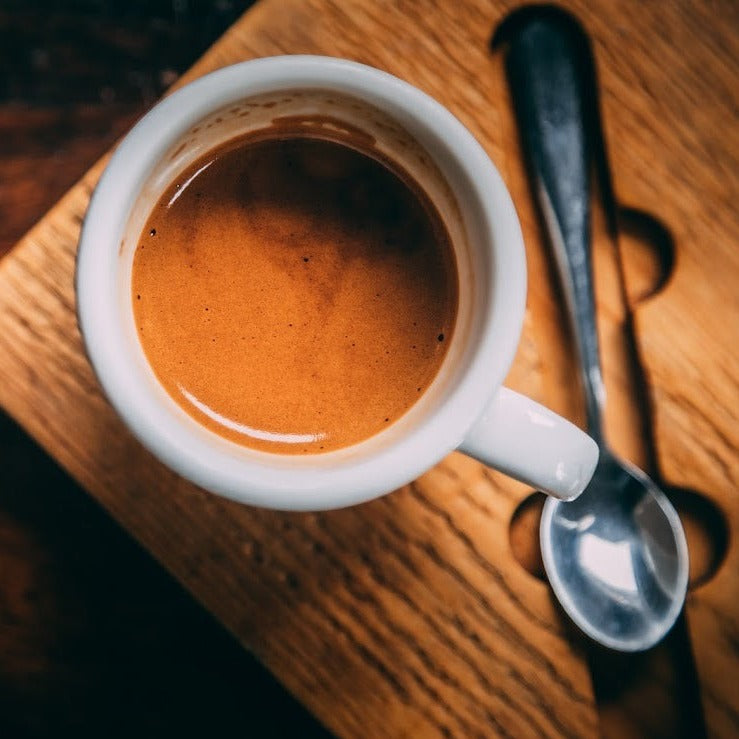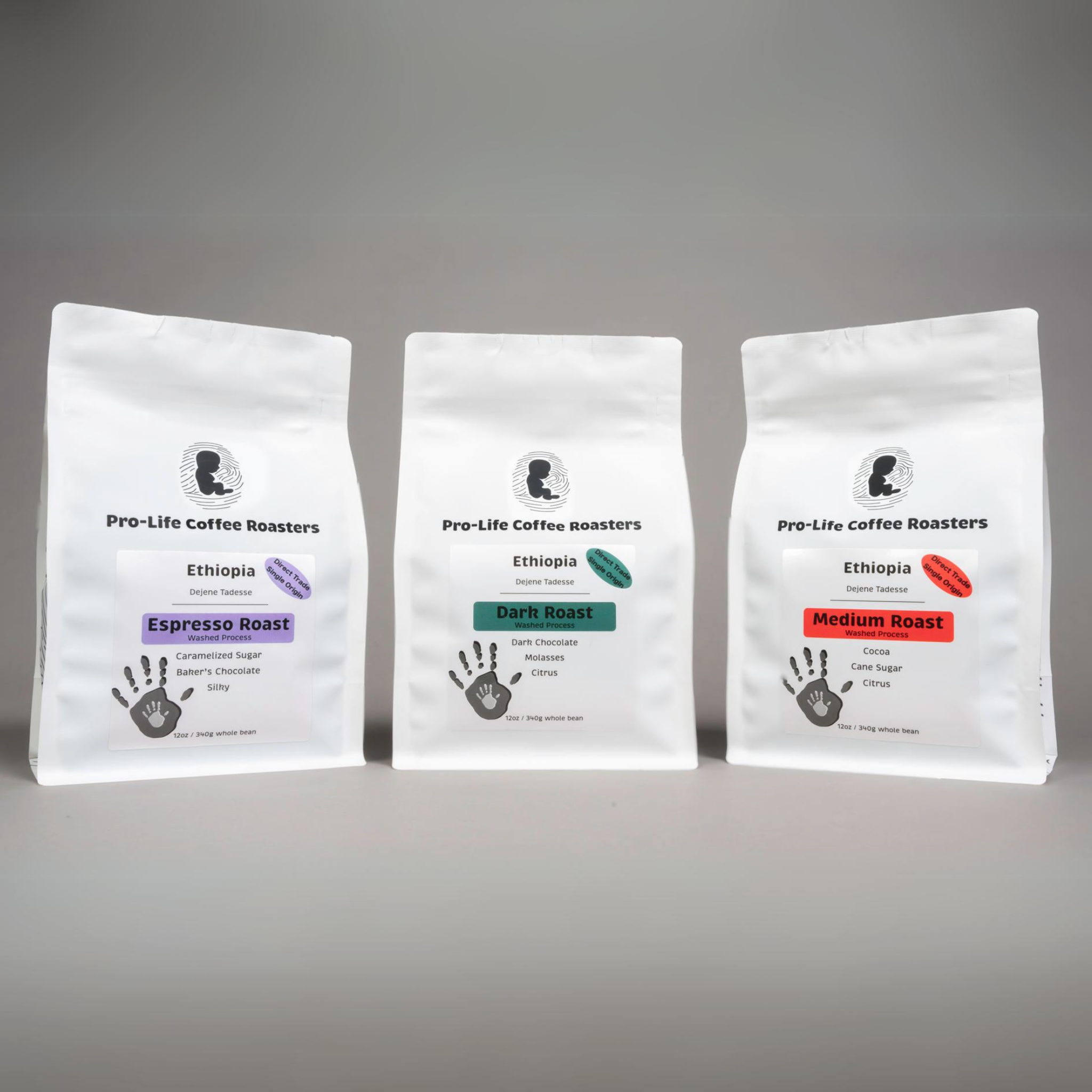Coffee Beans 101: Whatever You Required to Find Out About Coffee and Blended Coffee Beans
When it comes to coffee, recognizing the nuances of coffee and combined beans can transform your daily cup. From the expanding procedure to toasting techniques, every step plays a function in your coffee experience.
Recognizing Coffee Beans: Types and Ranges
When diving into the globe of coffee, recognizing the kinds and selections of coffee beans is crucial for every fanatic. Arabica beans are recognized for their smooth, complex flavors and reduced caffeine material, making them a preferred among coffee fanatics.
Ethiopian Yirgacheffe offers brilliant flower notes, while Colombian beans supply a well-balanced flavor profile. By acquainting on your own with these beans and their flavors, you'll raise your coffee experience and make even more educated choices in your developing trip.
The Growing Refine: From Seed to Bean
When you check out the trip of coffee, it all beginnings with seed selection techniques that establish the structure for high quality. From there, growing and harvesting play essential roles in guaranteeing the beans grow. Handling techniques change those gathered cherries right into the coffee beans you enjoy.
Seed Choice Techniques
Picking the right seeds is essential for creating high-quality coffee beans, as it lays the foundation for the entire growing procedure. You ought to begin by picking seeds from reputable sources that focus on top quality and genetic diversity. Try to find varieties known to prosper in your specific climate and dirt conditions. Pay focus to the seed's age and storage space problems, as fresh seeds often tend to sprout far better. When possible, select organic seeds to lessen direct exposure to hazardous chemicals. Consider the illness resistance of various ranges, as this can considerably influence your yield. Lastly, do not wait to speak with local farmers or professionals to get understandings right into the most effective seed options for your region. This understanding will certainly enhance your coffee-growing experience.
Growing and Harvesting
As you nurture your coffee seeds into flourishing plants, comprehending the growing and harvesting process is important for attaining the most effective taste and high quality. Begin by planting your seeds in well-draining dirt, preferably in a shaded area to protect them from straight sunlight. As your plants grow, keep constant moisture, and be conscious of their requirement for nutrients. Prune on a regular basis to promote airflow and healthy and balanced development.
When it comes time to harvest, try to find ripe cherries, which commonly transform a dynamic red. Hand-picking is frequently the ideal approach to ensure just the ripest cherries are picked. Timing is necessary; gathering also late or also very early can influence the flavor account of your beans. Embrace persistence and care, as this is where high quality starts.

Processing Techniques Described
Once you've harvested your coffee cherries, the following vital action is processing them to change those dynamic fruits right into the beans you'll make. In the dry procedure, you spread out the cherries out in the sunlight to completely dry, permitting the fruit to ferment and impart special flavors to the beans. Understanding these techniques is crucial to appreciating your coffee experience.
Toasting Methods: How Flavor Is Established
When it pertains to toasting coffee beans, comprehending roast levels is essential to exposing their one-of-a-kind flavors. Each toasting strategy influences the fragrance and enhances the taste development procedure, offering you a richer coffee experience. Allow's check out how these factors integrated to raise your everyday mixture.
Roast Degrees Discussed
Roast levels play an important role in shaping the taste profile of your coffee. By understanding these degrees, you can much better choose a coffee that matches your taste preferences. Experiment with various roasts to discover which one resonates with you, improving your total coffee experience and satisfaction.
Influence On Scent
The roast level not just influences the preference of your coffee yet also significantly affects its fragrance. Each toasting strategy releases different volatile substances, shaping how your coffee smells. Additionally, the freshness of the beans plays a critical role; freshly roasted coffee releases extra fragrant oils, improving that attracting fragrance.
Flavor Development Refine
As you explore the flavor growth process, you'll find that toasting strategies play a crucial function in forming the preference profile of your coffee. The roasting temperature and time straight affect the level of acidity, sweetness, and resentment of the beans. Light roasts maintain even more of the bean's original tastes, highlighting fruity and floral notes.
Coffee vs. Blended Coffee: Trick Distinctions
Espresso and blended coffee each offer special experiences that provide to various preferences and choices. Coffee is a concentrated coffee brewed forcibly warm water with finely-ground coffee beans, leading to an abundant, vibrant taste and a creamy layer of crema on top. It's commonly enjoyed as a shot or used as a base for drinks like lattes and coffees.
On the various other hand, blended coffee integrates different beans from different regions, creating a other more balanced flavor account. You'll often find blends that highlight sweetness, acidity, or body, making them functional for various brewing techniques. While espresso concentrates on intensity, mixed coffee may provide a more comprehensive variety of flavors that can change with each sip.
Ultimately, your choice in between coffee and mixed coffee boils down to your individual choice. Whether you long for a quick jolt or a leisurely mug, both alternatives have something scrumptious to use.

Brewing Techniques: Opening the Perfect Cup
When it pertains to developing coffee, discovering the right approach can change your experience and boost your cup. Each brewing method has its unique appeal and can significantly influence your coffee's taste and aroma. For instance, using a French press allows you to appreciate a full-bodied and rich mixture, while a pour-over method provides a clean, intense mug with distinct tastes.
If you favor espresso, purchasing a high quality maker this link can aid you understand the art of pulling shots. Additionally, for comfort, a single-serve sheath system supplies rate without sacrificing taste.
Do not neglect about cold brew, which supplies a smooth, much less acidic coffee suitable for hot days. Experiment with different techniques to uncover what reverberates with your taste buds.
Tasting Notes: Recognizing Flavor Profiles
Exactly how can you absolutely value your coffee if you do not recognize what tastes to look for? Sampling notes are your guide to understanding the intricate globe of coffee. When you drink, focus on the preliminary flavors that hit your taste. You may spot fruity notes, like berry or citrus, or probably a nutty touch. As you proceed to taste, discover exactly how the flavors progress-- this is called the "coating." Some coffees may leave a chocolatey or sugar aftertaste, while others may have a bright, tidy finish.
Consider the body of the coffee, also; is it light and ventilated or thick and syrupy? Do not forget level of acidity; a bright acidity can add life, while a low acidity could provide a smoother experience. By identifying these taste profiles, you'll strengthen your link with each cup, making coffee sampling a wonderful journey of exploration.

Tips for Choose and Storage Coffee Beans
Saving and choosing coffee beans appropriately can substantially improve your brewing experience. Begin by picking high-grade beans that fit your preference - SOE.
When you have your beans, save them in a closed container to prevent exposure to wetness, air, and light. A dark, great location works best, so prevent keeping them in the fridge or freezer, as this can introduce moisture. Just grind the quantity you require to keep quality; whole beans maintain taste longer than pre-ground coffee.
Finally, try to use your beans within 2 to 4 weeks after opening up for peak taste. Complying with these tips will certainly guarantee your coffee stays pleasurable and delicious, boosting your daily mixture to brand-new heights.
Frequently Asked Inquiries
For How Long Do Coffee Beans Stay Fresh After Toasting?
Coffee beans remain fresh for regarding two weeks after roasting - SOE. You need to store them in a closed container, far from light and moisture. After that, their taste and fragrance begin to diminish considerably

Can I Mix Different Coffee Bean Varieties?
Definitely, you can mix different coffee bean selections! Explore blends can improve flavors and develop a distinct taste account. Just make certain to balance the toughness and attributes of each variety for the ideal results.
What Is the Perfect Grind Dimension for Espresso?
For espresso, you'll desire a fine work size, about the structure of table salt. This permits ideal removal, resulting in a rich, tasty shot. Experiment a bit to discover what fits your taste best!
Just How Does Altitude Affect Coffee Bean Flavor?
Altitude impacts coffee bean flavor by image source influencing the development rate and chemical structure. Greater elevations bring about slower maturation, which enhances level of acidity and complexity, providing your coffee a unique and vibrant taste you will not fail to remember.
Are There Decaffeinated Variations of Coffee Beans?
Yes, there are decaffeinated variations of coffee beans. You can take pleasure in a rich coffee flavor without the caffeine kick. Just look for "decaf" blends at your neighborhood coffee bar or specialized store.
Coffee Beans 101: Whatever You Need to Know About Espresso and Blended Coffee Beans.
When diving into the globe of coffee, understanding the kinds and selections of coffee beans is vital for every fanatic.When it comes to toasting coffee beans, understanding roast levels is essential to exposing their special tastes. Coffee is a focused coffee brewed by forcing hot water through finely-ground coffee beans, resulting in a rich, strong taste and a luscious layer of crema on top.On the other hand, mixed coffee incorporates various beans from different areas, developing a much more well balanced taste account.